The Future of Learning is Wellness: Turnaround for Children and Thrively
Key Points
-
Everyone has time to focus on wellness. It’s not an optional part of the day.
-
Students have to be well to know who they are and how they contribute to the world.
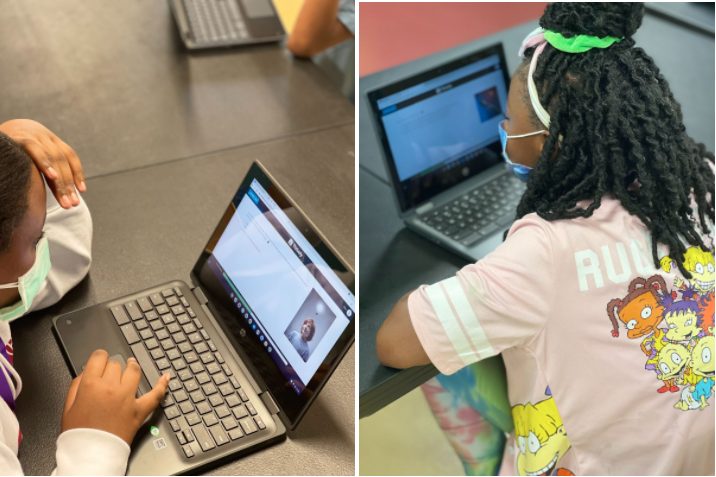
By: Christina Theokas and Joe Erpelding
All students have unique strengths and needs that vary over time and are expressed differently. This year, the world has experienced extraordinary unforeseen challenges with the dual pandemics of COVID-19 and racial discord. This collective trauma is contributing to heightened levels of stress and uncertainty. Schools are working to identify how best to support students in navigating these experiences, engaging with their learning, and making progress toward their goals. Assessing perceptions of wellbeing is one way to do this.
Student well-being is commonly valued but not commonly measured in schools, leaving teachers to rely on what they see (e.g., overt acting out behaviors) and believe is important to address. Given that students respond differently and not all responses may be directly noticeable to the classroom teacher, many students and needs could be overlooked. Further, many existing resources to understand student functioning take a deficit-based approach – asking what is wrong with students and trying to “fix” them (e.g., Youth Risk Behavior Survey). The current system has led to overidentification of students who have historically been marginalized by the system, reinforcing implicit bias, rather than supporting reflection on structured inequalities. Now, more than ever, it is important that schools take an assets-based approach – one that values subjective experience and creates space for students to directly voice how they are feeling and functioning, and invites them into the problem-solving solutions. Interventions grounded in a strengths-based approach are less stigmatizing and more equitable than those grounded in a deficit-based approach.
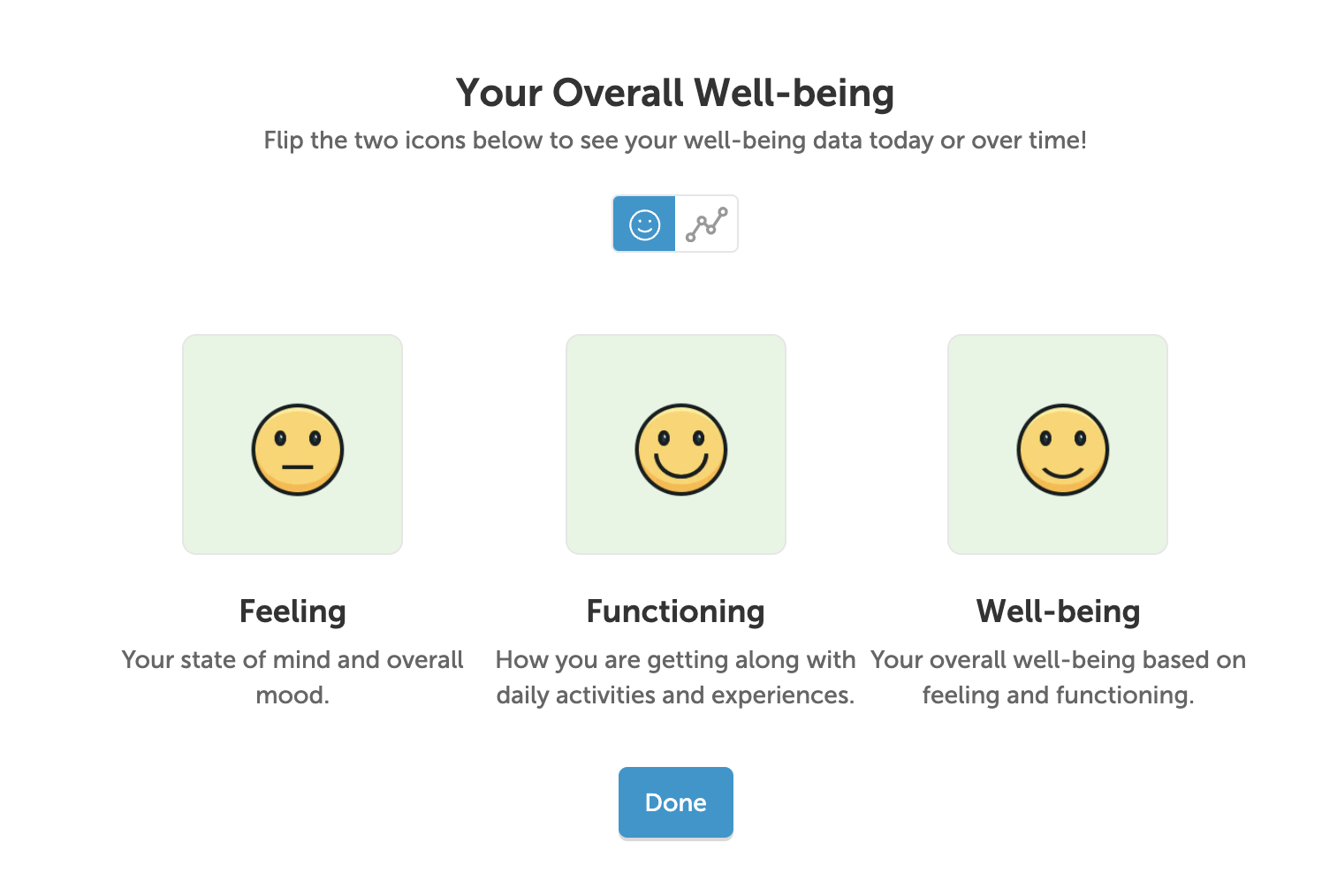
Well-Being Pulse Check-in: 60 Seconds with Thrively
The Well-Being Index (WBI), created by Turnaround for Children and Thrively, is a tool meant to help educators hear directly, quickly, and systematically from all their students. It is designed to capture a holistic view of each student’s sense of their own physical, emotional, and social health and specifically how they are both feeling and functioning.
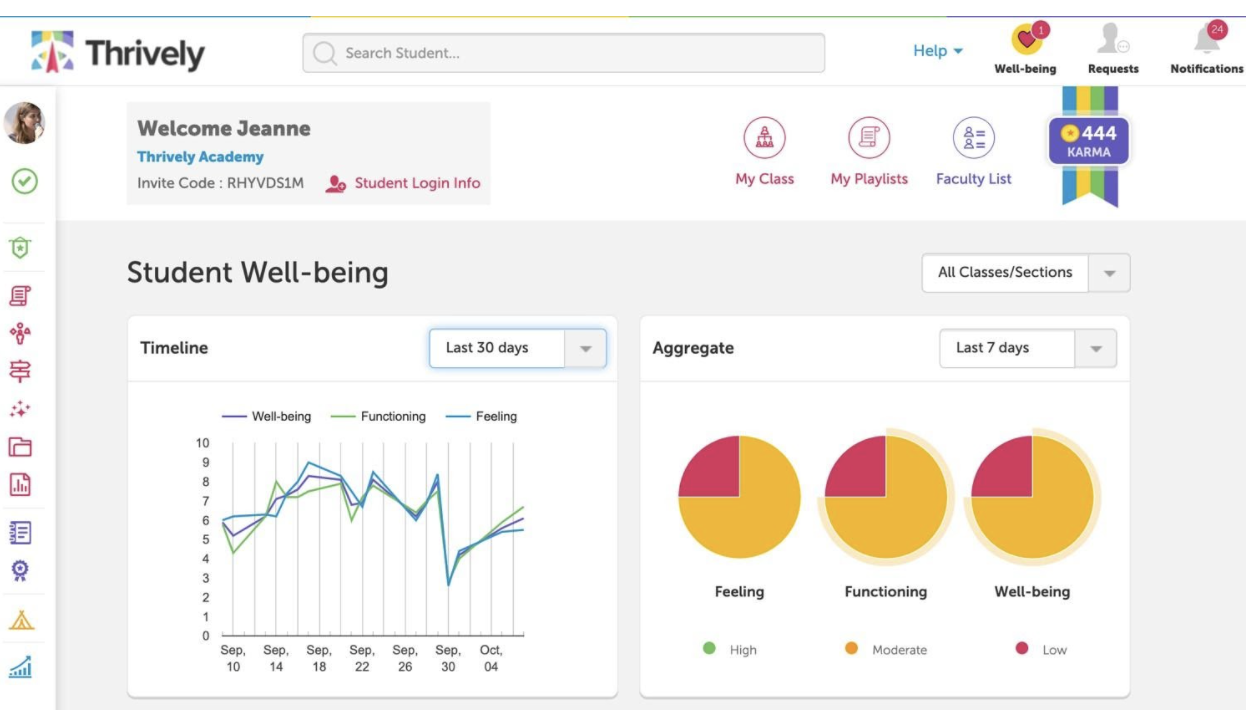
The Well-Being Index can be taken daily or weekly by an entire class in 60 seconds. Students and staff have instant data feedback. Thrively enables students to embark on a strengths-based journey that develops the whole child. The learner-centered platform offers personalized learning through an interdisciplinary approach that starts with an industry-first Strengths Assessment (developed by leading pediatric neuropsychologists). The Thrively Strength Assessment measures 23 strength areas to allow learners to focus on what is strong versus what is wrong.
Through Thrively, students are able to be self-aware and teachers are quickly able to identify what’s strong with kids vs. what’s wrong with kids. “Thrively allows kids to be heard. Every day we take attendance but how do we know that kids are ready to attend? Thrively helps to move the needle and changes how we look at wellness data,” Joe Erpelding, Senior Vice-President of Education at Thrively.
Personalized Wellness
Schools are saying that wellness matters. By accessing the Well-Being Index, teachers have strong conversation starters and students feel comfortable expressing their feelings. Students often feel like they don’t have a trusted adult, but through emoji and written reflections, they are able to chart their feeling to function and get real-time responses from their teachers. “I don’t have to share my feelings in person. I can tell Thrively how I am feeling. The teacher gets a notification,” Connor, Thrively student user.
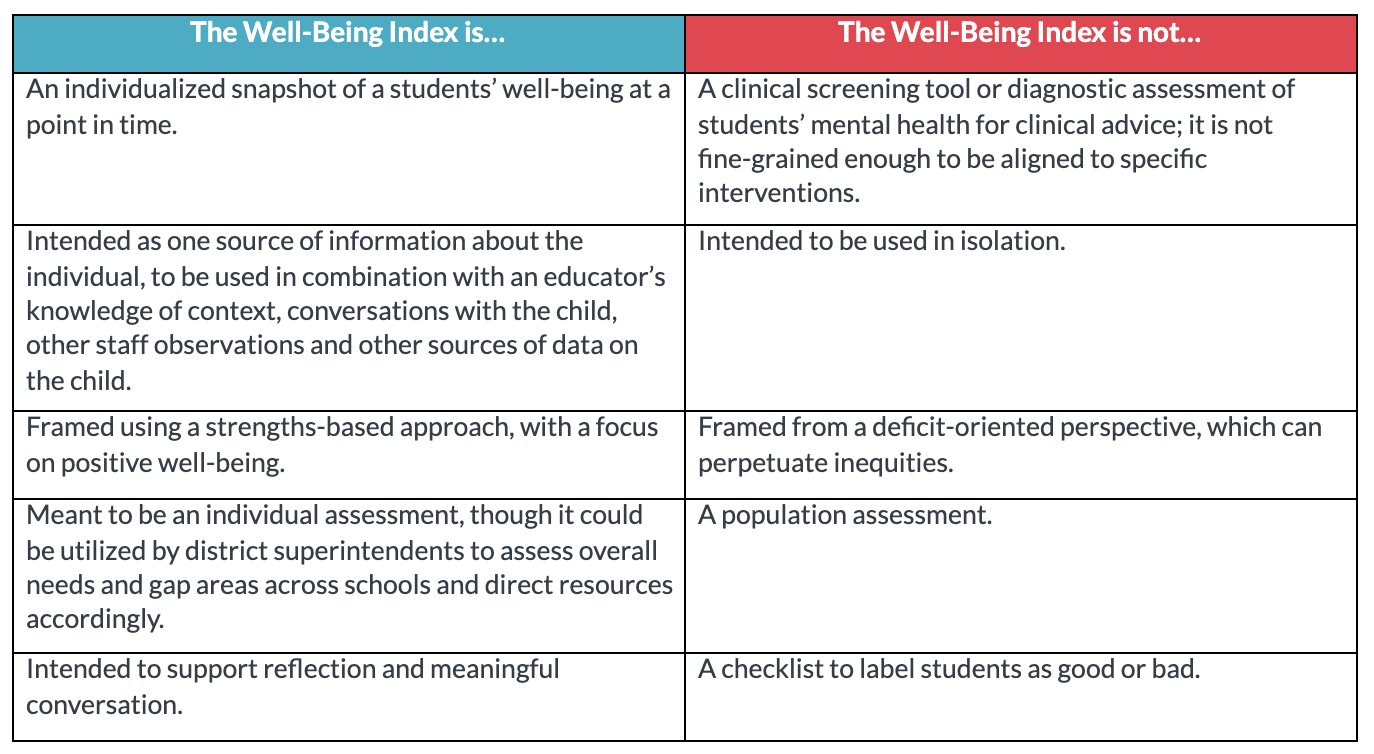
The Well-Being Index helps kids to see what high-level functioning looks like through their theme-based playlist. With selections based around strengths and brain-based research, students and teachers are able to personalize the playlist based on their needs. Students are also able to understand mindset work, their passions and curate their personal interests through Sparks.
Benefits of the Well-Being Index
With the needs of both students and educators in mind, the Well-Being Index:
- Takes an asset-based lens to well-being that encourages educators to understand and learn more about their students, rather than look for what is wrong with them
- Includes two developmentally-appropriate versions – a shorter version for grades 3-5 and a more robust one for grades 6-12
- Can be administered as frequently as desired to capture the dynamic picture of a student’s wellbeing
Using this tool prompts educators to support students in understanding and protecting their own wellbeing, rather than leaving educators to make assumptions about students based solely on observable behaviors or life circumstances. This tool can encourage my peers to reflect on their well-being without much pressure. “We have a Thrively Thursday where we check our emotions and we can do the well-being any day we need it because I like to know how I am feeling each day,” Max, Thrively student user.
Now, more than ever, it is important that schools take an assets-based approach – one that values subjective experience and creates space for students to directly voice how they are feeling and functioning, and invites them into the problem solving solutions.
Christina Theokas And Joe Erpelding
Scale
The Well-Being Index consists of 12 items that measure physical, psychological, emotional, and social elements of well-being. There are multiple items covering each element including, for example, energy level, sleep, hopefulness, mood, engagement, sense of connectedness, and the feeling of being valued and accepted.
The 12 items group into two domains to add additional meaning and direction for next steps:
- Feeling refers to a perceived state of mind, commonly reflected in mood or satisfaction.
- Functioning refers to how a student is getting along with daily activities and experiences.
When completing the self-assessment, students choose a value that best describes their experience of each statement using a 10-point Likert scale (represented as kid-friendly emojis) – ranging from No to Yes – with a higher score indicating a higher level of well-being. Teachers will see a profile of scores for each student and summary scores for their classroom. An administration guide with a set of reflection questions helps teachers understand the data and how to use it to strengthen relationships, environments, and experiences for students.
“Sometimes you don’t even know you are having a low day,” Veyda, Thrively student user. Talking through experience creates common humanity for students. By creating space for students to express themselves and talk to others, they discover their place in the world and find their purpose. The Well-Being Index removes the complexity of whole-child learning and makes learning more holistic. The Well-Being Index provides an access point for teachers to look at real data about what really matters, how students show up and feel throughout the day.
Christina Theokas, Ph.D. is the Chief Applied Science Officer at Turnaround for Children.
Joe Erpelding is the Sr. VP, Education at Thrively.
This post includes mentions of a Getting Smart partner. For a full list of partners, affiliate organizations and all other disclosures, please see our Partner page.
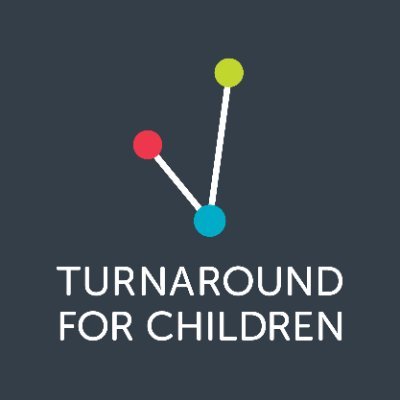




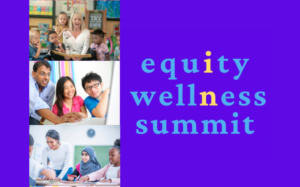
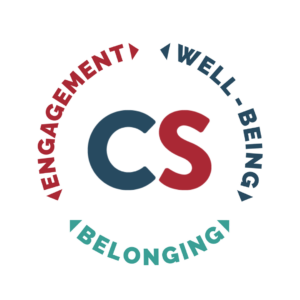
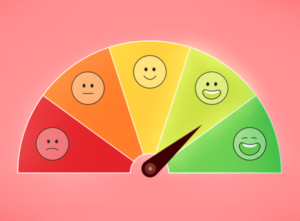
0 Comments
Leave a Comment
Your email address will not be published. All fields are required.